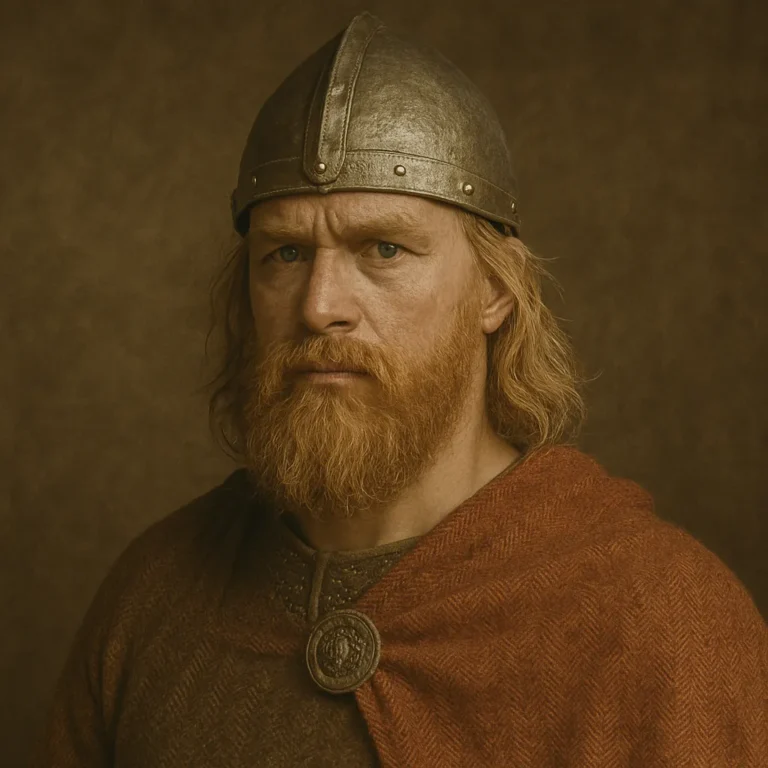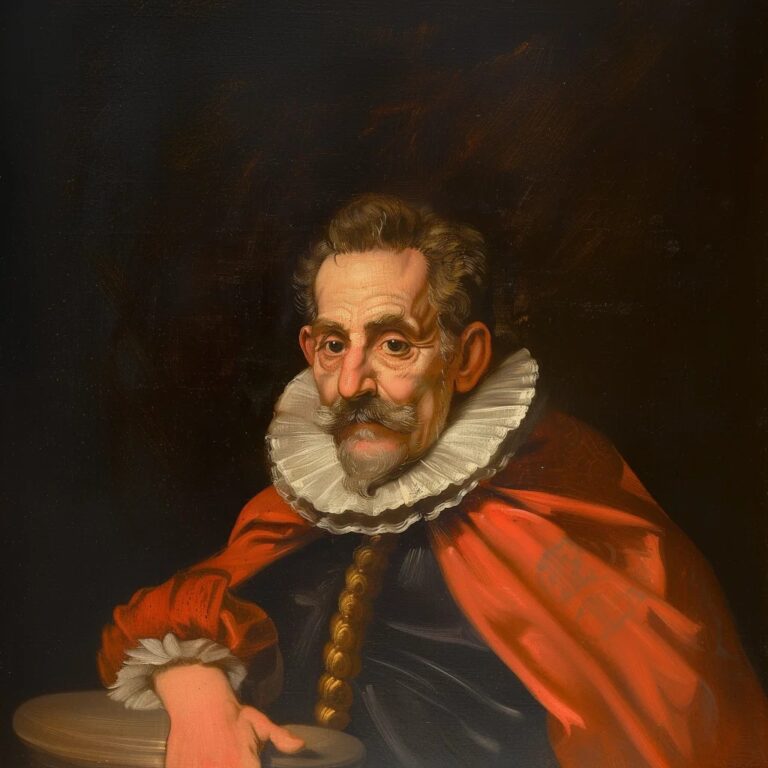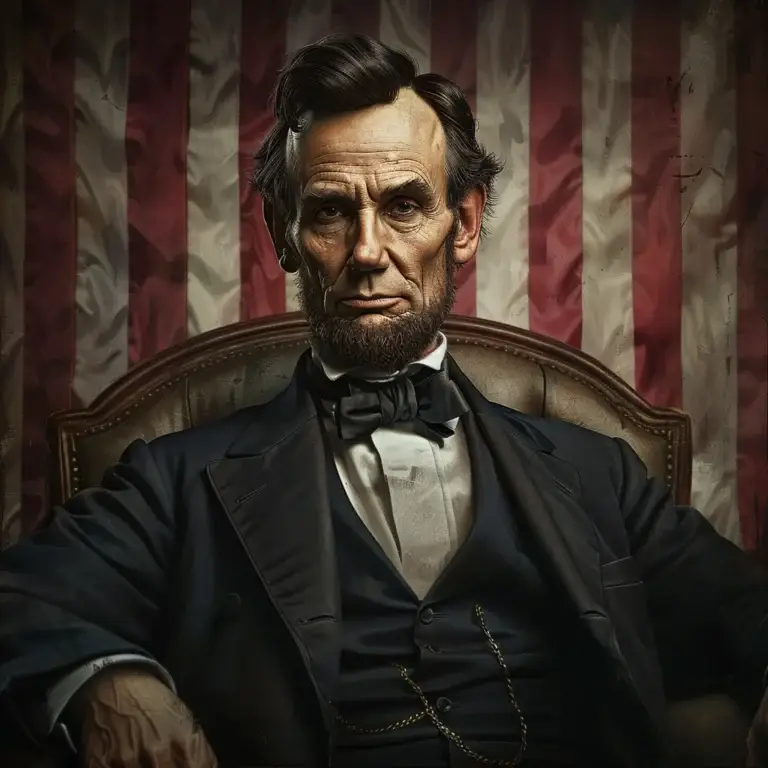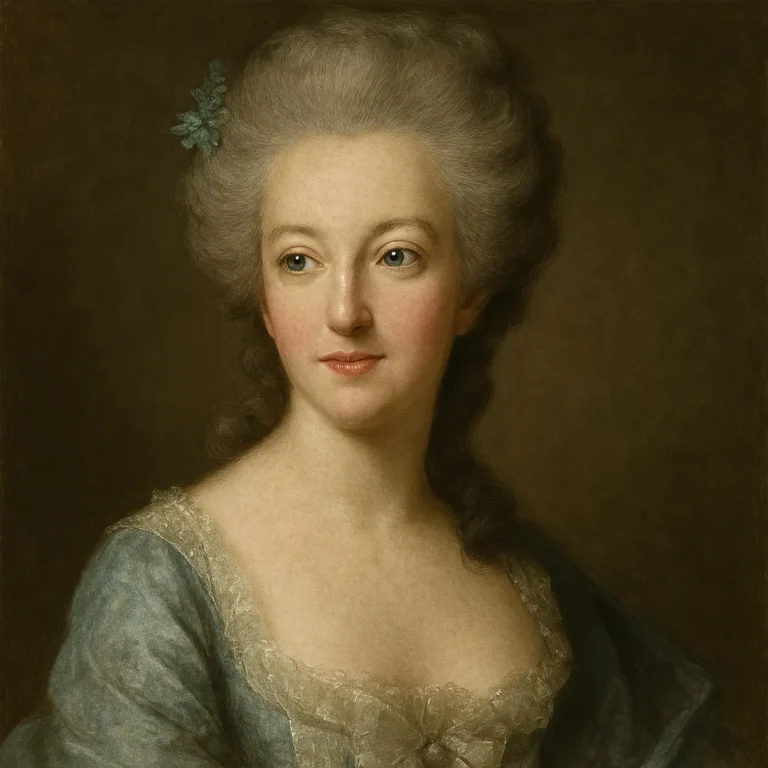Leif Erikson earned the nickname "Leif the Lucky" after rescuing sailors stranded in the Atlantic.
He reached North America around 500 years before Columbus, landing in a region he called Vinland, meaning "Wine Land."
His voyage to Vinland was inspired by tales from another Norse explorer, Bjarni Herjólfsson, who first sighted the land.
Erikson was the son of Erik the Red, the founder of the first Norse settlements in Greenland.
Despite his achievements, he remains lesser-known than other explorers, but his legacy is celebrated every October 9 in the United States.
Leif Erikson likely encountered the Indigenous people of North America, referring to them as "Skrælings" in Norse sagas.
He used sturdy Viking ships called knarrs for his voyages, designed to endure the rough North Atlantic seas.
Some historians believe Vinland may have been located in modern-day Newfoundland, Canada.
Leif Erikson’s voyage marked the earliest documented European settlement in the Americas, centuries before colonial expansion.
He is honored with numerous statues worldwide, including iconic ones in Seattle and Reykjavik.
Erikson played a significant role in introducing Christianity to Greenland, following his conversion by King Olaf Tryggvason of Norway.
The sagas describe Vinland as rich in resources, boasting wild grapes and fertile lands.
Although his explorations were groundbreaking, they did not spark immediate further European settlement.
Leif Erikson's adventurous life reflects the Viking ethos of exploring uncharted territories with resilience and courage.
He remains a symbol of early exploration and is celebrated in pop culture, history books, and national holidays.



